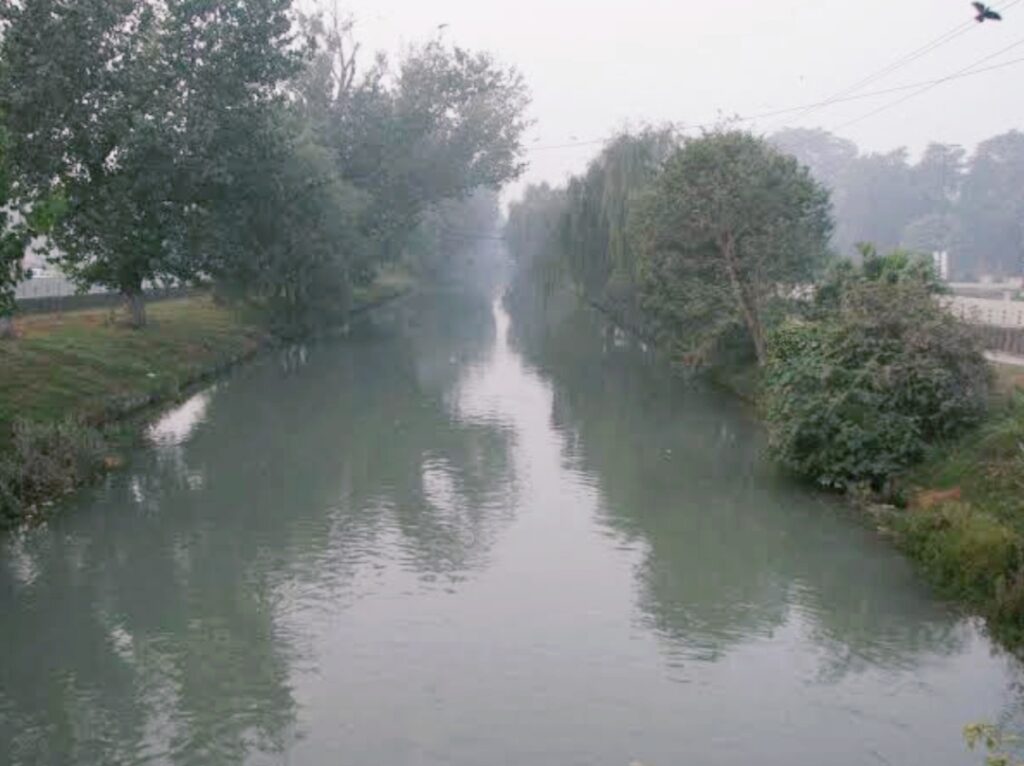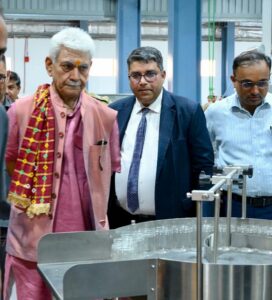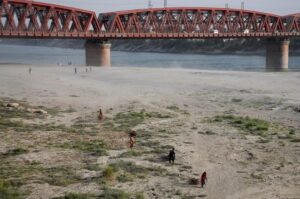India Plans Major Expansion of Ranbir Canal to Boost Jammu’s Agriculture and Water Security

Jammu, May 18, 2025 – The Union Government is reportedly considering an ambitious plan to double the length of the historic Ranbir Canal, a vital irrigation lifeline in Jammu and Kashmir, from 60 km to 120 km. This move, spurred by India’s recent suspension of the Indus Waters Treaty (IWT) following the April 22 Pahalgam terror attack, aims to maximize water utilization from the Chenab River, significantly benefiting the agrarian economy of the Jammu region.The Ranbir Canal, constructed in 1905 under the reign of Maharaja Pratap Singh, stretches from Akhnoor to RS Pura, irrigating approximately 38,600 hectares of the fertile Kandi belt, including Marh, Ranbir Singh Pura, Suchetgarh, Bishnah, and parts of Samba and Kathua districts. Known as the “rice bowl of Jammu,” this region produces some of the world’s finest Basmati rice. The proposed expansion would increase the canal’s water-carrying capacity from 40 cubic meters per second (1,400 cusecs) to as much as 150 cubic meters per second, nearly quadrupling its current flow.
A Strategic and Agricultural Game-Changer
The expansion is seen as a strategic response to the IWT’s suspension, which previously limited India’s use of the Chenab River to 1,000 cusecs for irrigation and 250 cusecs for hydropower from April 15 to October 14, plus water for silt extraction. By extending the canal’s reach, India aims to divert more water for domestic use, enhancing irrigation in the semi-arid Kandi belt and supporting farmers in Jammu, Samba, and Kathua. This move is expected to boost agricultural productivity, stabilize incomes for farmers, and reduce dependency on erratic monsoon rains.“The Ranbir Canal is the backbone of Jammu’s agriculture. Doubling its length could transform the region by bringing more land under irrigation and ensuring water security for our farmers,” said a senior official from the Irrigation and Flood Control Department, speaking on condition of anonymity. The project is also expected to support the cultivation of water-intensive crops, reinforcing Jammu’s reputation as a hub for premium agricultural produce.
Addressing Historical Grievances
The IWT, signed in 1960, allocated the western rivers (Indus, Jhelum, and Chenab) primarily to Pakistan, restricting India to non-consumptive uses like run-of-the-river hydropower. This has long been a point of contention in Jammu and Kashmir, where locals argue the treaty has limited the region’s ability to harness its water resources for agriculture and energy. The canal’s expansion, combined with plans to fast-track hydropower projects like Pakal Dul, Kiru, Kwar, and Ratle (with a combined capacity of 3,014 MW), could address these grievances by unlocking J&K’s estimated 20,000 MW hydropower potential and improving water availability.
Challenges and Environmental Concerns
While the expansion promises significant benefits, challenges remain. Experts note that the canal’s current infrastructure may limit the scope for increasing water levels without substantial upgrades. The Chenab River’s high silt content could also raise maintenance costs, as seen in past proposals for water diversion projects. Additionally, the canal has faced issues with pollution, with garbage and debris affecting water quality, and safety concerns due to accidents along the Jammu-Akhnoor road.Environmentalists have urged the government to conduct thorough impact assessments to ensure the project’s sustainability, especially given the Indus Basin’s vulnerability to climate change, with melting glaciers and reduced snow persistence threatening long-term water availability.
Geopolitical Implications
The expansion is part of a broader strategy to assert greater control over the Chenab’s waters, which flow into Pakistan’s agricultural heartland of Punjab. While this could reduce downstream water flow, potentially impacting Pakistan’s farmers, officials emphasize that the primary goal is to meet Jammu’s irrigation and development needs. However, the move has raised concerns about escalating India-Pakistan tensions, with some analysts warning that significant water diversion could be perceived as a provocative act.
A Step Toward Self-Reliance
The government has urged stakeholders to expedite the project, though construction is expected to take years due to the scale of the infrastructure required. Alongside the Ranbir Canal, plans are underway to desilt and modernize other canals like the New Partap, Ranjan, Tawi Lift, Paragwal, Kathua, and Ravi, further strengthening Jammu’s irrigation network. The revival of the Tulbul Navigation Project on Wular Lake, supported by Chief Minister Omar Abdullah, could also enhance navigation and power generation, boosting the region’s economy.
For the people of Jammu, the Ranbir Canal’s expansion represents a long-overdue opportunity to harness the region’s water resources. “This project could be a game-changer for our farmers and our future,” said a local farmer from Ranbir Singh Pura. “More water means more crops, more income, and a stronger Jammu.”As India moves forward with these plans, the Ranbir Canal’s expansion could mark a new chapter in Jammu and Kashmir’s quest for agricultural self-reliance and water security, while navigating the complex geopolitical landscape of the Indus River system.





